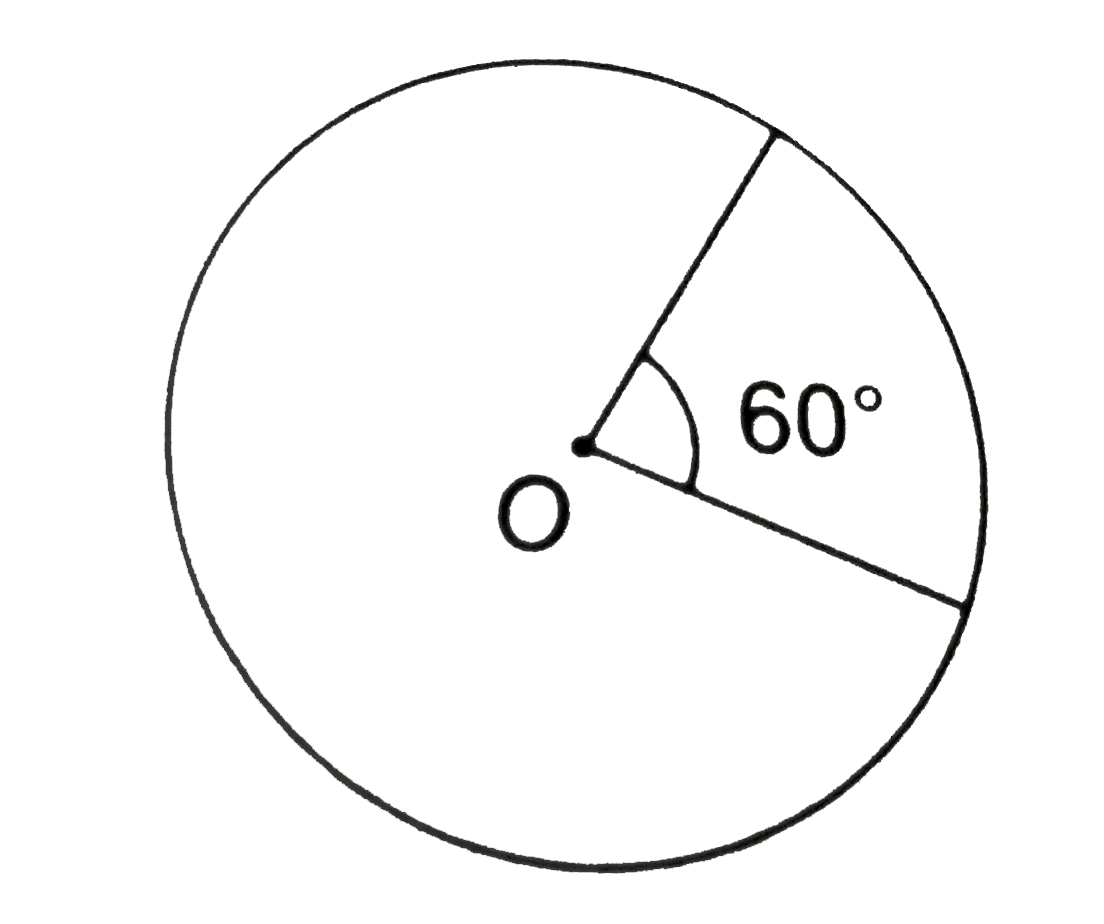Atlas and axis are a part of:
thoracic
vertebrae
cervical vertebrae
lumbar vertebrae
To determine the correct answer to the question "Atlas and axis are a part of:", we can follow these steps:
1. Identify Atlas and Axis:
- The atlas is the first cervical vertebra, located at the top of the spine, just under the skull.
- The axis is the second cervical vertebra, which allows for the rotation of the head.
2. Understand the Options:
- Option 1: Thoracic - Refers to the thoracic vertebrae, which are located in the upper and mid-back.
- Option 2: Vertebrae - This is a general term for the bones that make up the spine.
- Option 3: Cervical - Refers specifically to the cervical vertebrae, which include the atlas and axis.
- Option 4: Lumbar - Refers to the lumbar vertebrae, which are located in the lower back.
3. Analyze the Relationship:
- Since both the atlas and axis are specifically the first and second cervical vertebrae, they fall under the category of cervical vertebrae.
4. Select the Correct Answer:
- Based on the identification and analysis, the correct answer is option 3: cervical vertebrae.
Final Answer:
Atlas and axis are a part of cervical vertebrae (Option 3).
---
- The atlas is the first cervical vertebra, located at the top of the spine, just under the skull.
- The axis is the second cervical vertebra, which allows for the rotation of the head.
- Option 1: Thoracic - Refers to the thoracic vertebrae, which are located in the upper and mid-back.
- Option 2: Vertebrae - This is a general term for the bones that make up the spine.
- Option 3: Cervical - Refers specifically to the cervical vertebrae, which include the atlas and axis.
- Option 4: Lumbar - Refers to the lumbar vertebrae, which are located in the lower back.
- Since both the atlas and axis are specifically the first and second cervical vertebrae, they fall under the category of cervical vertebrae.
- Based on the identification and analysis, the correct answer is option 3: cervical vertebrae.
Atlas and axis are a part of cervical vertebrae (Option 3).
Topper's Solved these Questions
- LOCOMOTION AND MOVEMENTBOOK - ICSECHAPTER - LOCOMOTION AND MOVEMENTEXERCISE - REVIEW QUESTIONS (FILL IN THE BLANKS)
18 Videos
- LOCOMOTION AND MOVEMENTBOOK - ICSECHAPTER - LOCOMOTION AND MOVEMENTEXERCISE - REVIEW QUESTIONS (MARK THE ODD ONE OUT)
4 Videos
- KINGDOM PROTISTABOOK - ICSECHAPTER - KINGDOM PROTISTAEXERCISE - REVIEW QUESTIONS (VI Long answer type questions)
5 Videos
- LOCOMOTIONA ND MOVEMENT BOOK - ICSECHAPTER - LOCOMOTIONA ND MOVEMENT EXERCISE - NCERT EXERCISES WITH ANSWER (DIFFERENTIATE BETWEEN)
8 Videos
Similar Questions
Knowledge Check
The joint between atlas and axis vertebrae that allows movement of head from side to side is a
Apivot jointBgliding jointCellipsoid jointDhinge jointThe vertebrae atlas and axis belong to :
AA) cervicalBB) thoracicCC) lumbarDD) coccygealAssertion: The joint between the atlas and axis is an example of gliding joint.
Reason: Gliding joint allows movement primarily in one plane.AIf both assertion and reason are ture and reason is the corect explanation of assertionBIf both assertion and reason are ture but reson is not the correct explanation of assertionCIf assertion is true reason is falseDIf both assertion and reason are false
From a circular disc of mass M and radius R, a part of 60∘ is removed. The M.I. of the remaining portion of disc about an axis passing through the center and perpendicular to plane of disc is

View SolutionAtlas 66 is
View SolutionRead the following statements.
A. Cartilage is present in between atlas and axis.
B. In epithelium, cells are compactly arranged with the little intercellular matrix.
C. The simple epithemlium consists of a two or more layer of cells.
How many of the above statement are incorrect ?
View SolutionA line of fixed length 2 units moves so that its ends are on the positive x-axis and that part of the line x+y=0 which lies in the second quadrant. Then the locus of the midpoint of the line has equation.
View SolutionWhich of the following joints is formed betweeen atlas and axis vertebrae ?
View Solution
